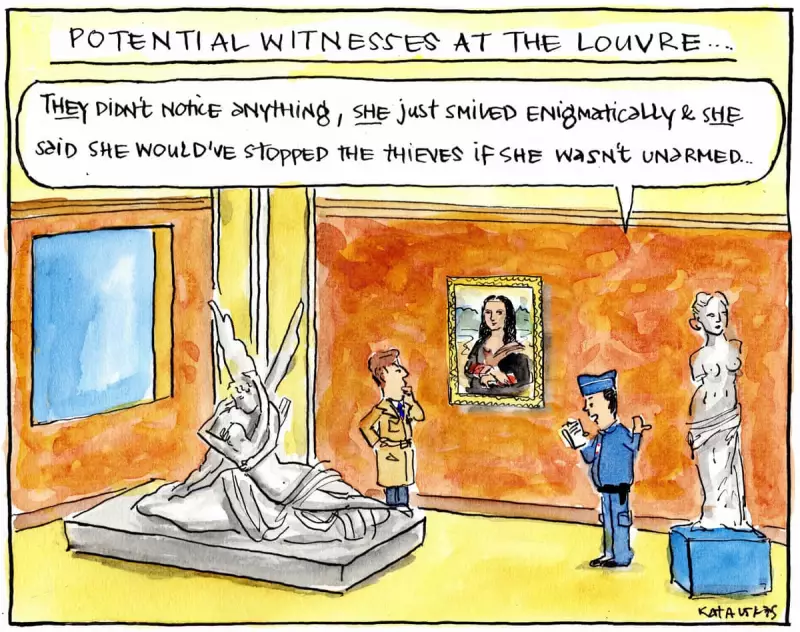
In an audacious blend of digital artistry and political statement, the hallowed halls of the Louvre have become the stage for one of the most creative protests in recent memory. Anonymous artists have orchestrated what they're calling 'the art of the steal' - not by removing physical artworks, but by digitally appropriating the museum's most iconic residents.
The Ghosts in the Gallery
The Mona Lisa's enigmatic smile now carries new meaning as she becomes the centrepiece of this sophisticated digital intervention. Alongside Leonardo da Vinci's masterpiece, other Louvre legends including the Venus de Milo and Winged Victory of Samothrace have been digitally 'liberated' from their museum confines.
More Than Digital Vandalism
This isn't mere digital mischief; it's a carefully crafted commentary on cultural ownership in the digital age. The artists behind the project are using these iconic works to question:
- Who truly owns cultural heritage in the era of digital reproduction?
- How do ancient masterpieces speak to contemporary political issues?
- Can art be both stolen and liberated simultaneously?
A Silent Revolution in the World's Busiest Museum
While tourists continue to flock to see the real Mona Lisa, this parallel digital exhibition raises uncomfortable questions about cultural appropriation, museum politics, and the very nature of art ownership. The project cleverly subverts the traditional museum experience, creating what some are calling 'the world's first virtual art heist with a conscience'.
The conversation has moved beyond the gallery walls, sparking debates about whether this constitutes brilliant political art or sophisticated digital trespassing. One thing is certain: the Louvre's silent residents are speaking volumes, and the art world is listening.





